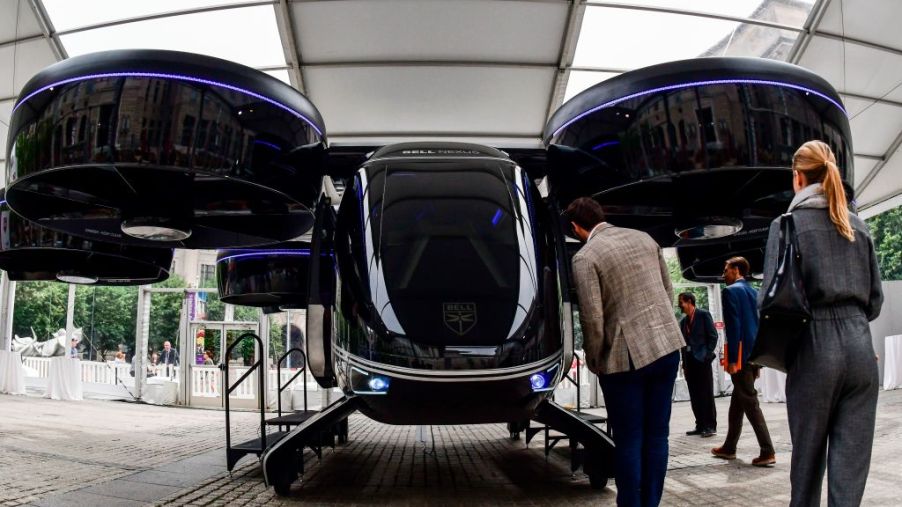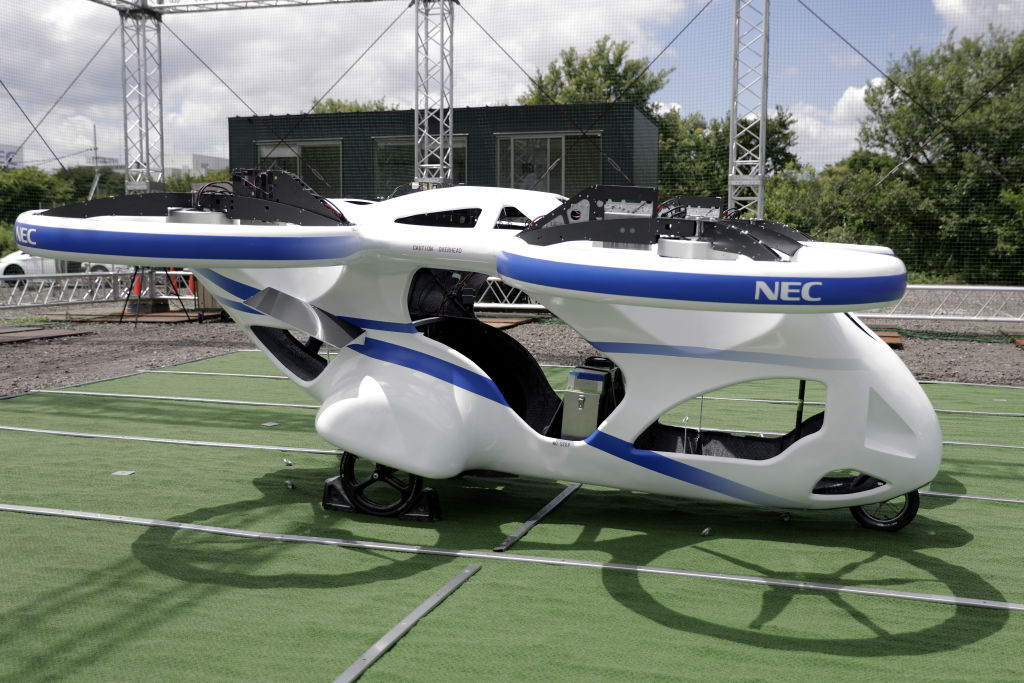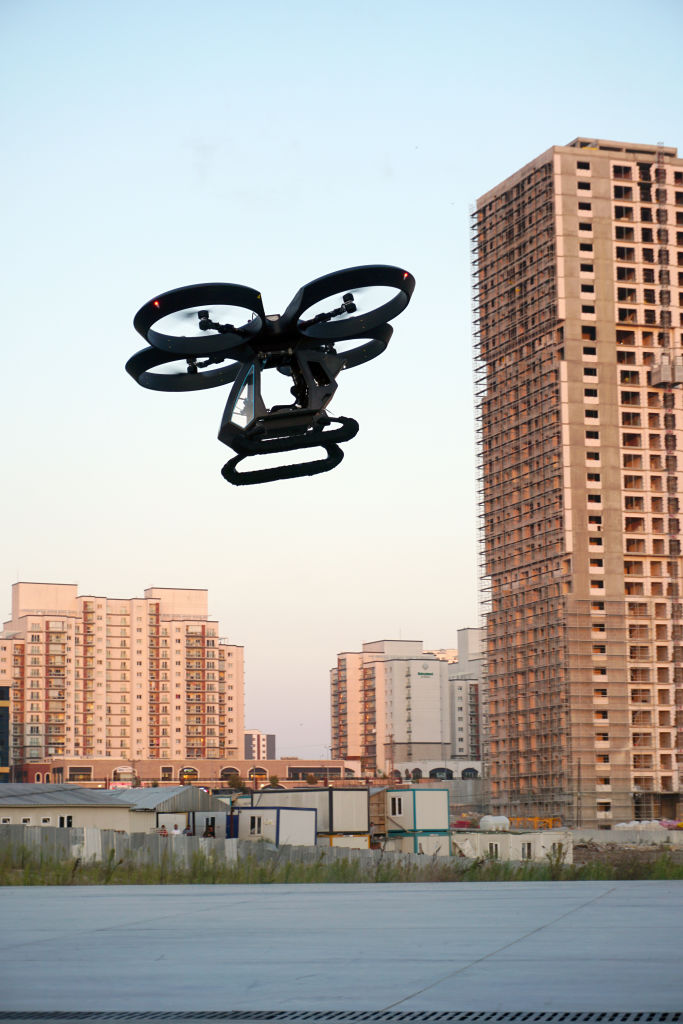
200 Flying Taxi Orders Means They’re Coming to US and UK
Flying taxis are coming, and sooner than you think. Especially in urban jungles like LA and Manhattan, the only way to get above the congestion is to get above it. But now Halo, the UK helicopter provider, has just placed an order for 200 vertical takeoff and landing vehicles. So, flying cars are here.
Eve will run zero-emissions urban air services out of both New York and London
It is planning to start a zero-emissions urban air service out of both New York and London. The eVTOLs ordered are electric-powered. They are manufactured by Eve, a subsidiary of Embraer, the Brazilian aircraft manufacturer.
Eve has been working with the UK government to iron out airspace management to make flying cars possible. Obviously, there are legislative and operational decisions that must be made to allow eVTOLs to fly above packed cities. Also, the layout of the eVTOLs had to be determined from a number of proposals.
Halo will operate 100 flying taxis in New York and 100 more for the UK

Now Halo will need to work with both the UK Civil Aviation Authority and US regulators to establish protocols and parameters for mobility services. Halo will operate 100 of these flying taxis in the US and 100 in the UK. Deliveries of the fleet of taxis will happen by 2026.
The big hurdles are not the crafts themselves, but the air traffic management. Since this has never been done before Halo is working mostly from scratch. If regulatory issues can be reasonably resolved it is estimated that it could be a $500 billion market annually.
While air management would seem to be the biggest hurdle, it is actually ground infrastructure that will prove to be the most complicated issue. Vertiports will see a multitude of restrictions with the most pressing being finding spaces large enough for multiple landing operations. They will need to be located as close to central business districts, shopping centers, and train/subways as possible.
Ground infrastructure may pose the biggest headaches

Flying taxis will also have to work in harmony with air delivery which will also boom once regulations are determined. Other factors include having fast charging areas to recharge electric batteries, security checkpoints, and holding areas for passengers and their ground transportation. Smaller Vertistations with only one or two landing areas will be needed for more rural destinations. So the need for ground space won’t be just for large Vertiports.
Finally, there will need to be backup sites in case of the need for an emergency landing. And food courts, lounge areas, and operation centers are all part of the ground necessities. Overall, it is an exciting time and also a wide-open field for employment.



